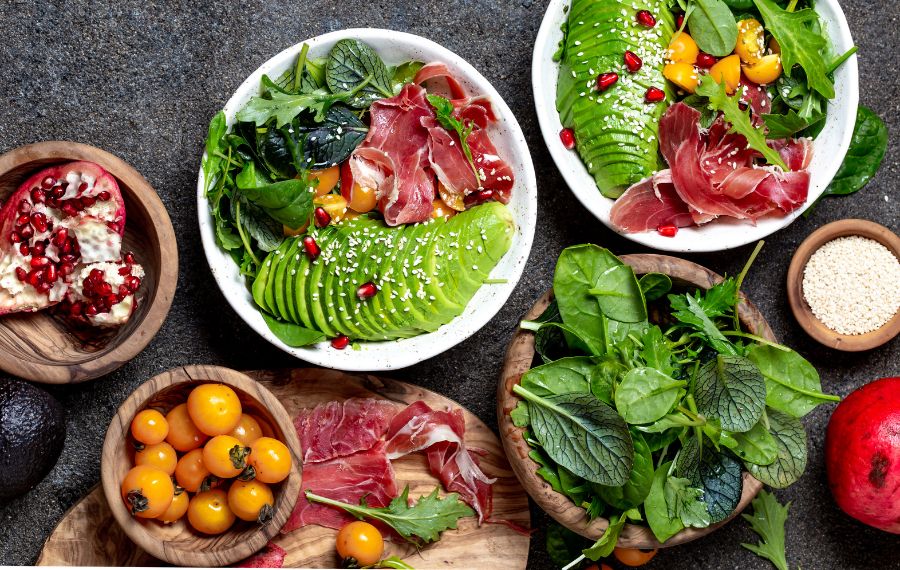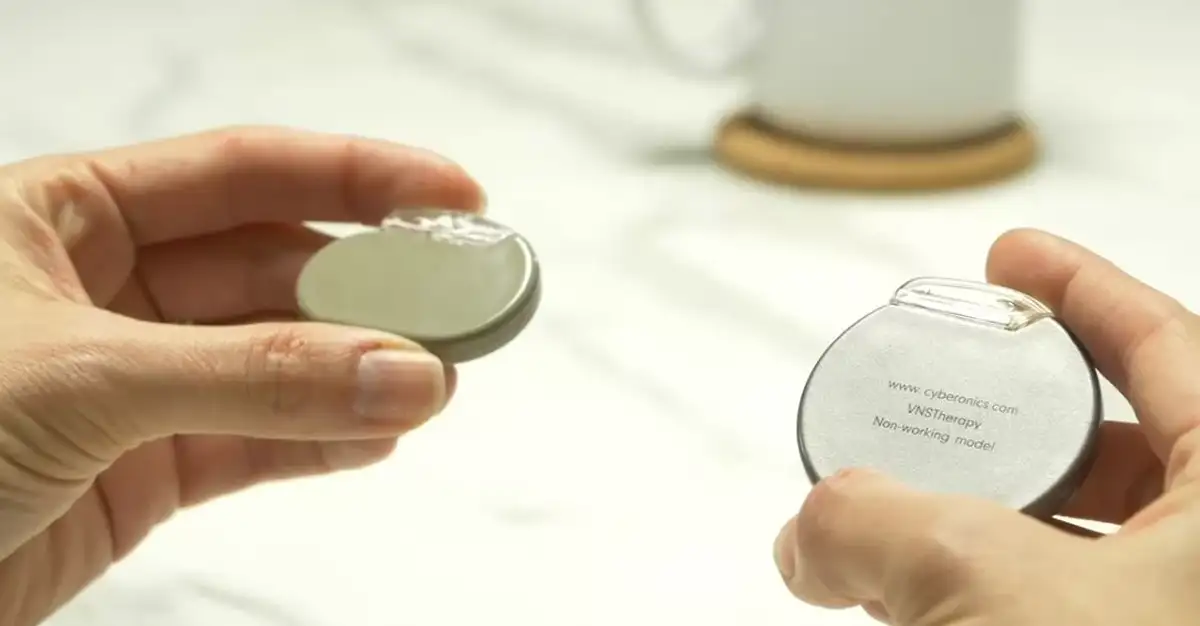Epilepsy Medications
Drug therapies are available to treat people with epilepsy who have uncontrolled seizures. Learn about the FDA-approved medications used to treat epilepsy.
Find Out MoreEpilepsy Dietary Therapies
For many years, the ketogenic diet has been used as an effective treatment for epilepsy in both adults and children.
Find Out MoreEpilepsy Surgery
Learn about surgical options and what who makes a good candidate for epilepsy surgery.
Find Out MoreAlternative Therapies for Epilepsy
In addition to medication, devices, and surgery, there are alternative treatments for epilepsy, like CBD or music therapy.
Find Out MoreNeurostimulation Devices for Epilepsy
Neurostimulation devices may help reduce seizure frequency in people with drug-resistant (refractory) epilepsy.
Find Out MoreClinical Trials for Epilepsy
Clinical trials are the safest way to identify drugs that effectively treat epilepsy. Search this database to find one near you.
Find Out More










